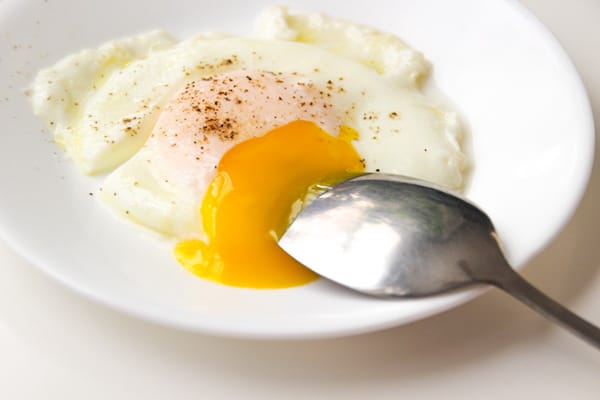
Just How You Like Them: 6 Ways to Make Eggs
There are so many ways to make eggs! They’re not only are a great source of protein, but they’re probably one of the most versatile staples out there. You can put them in a mixture of cinnamon and vanilla extract to make the perfect french toast, or whisk them together and pour them out on a hot pan with a blend of grilled veggies, melty cheese, and cooked sausage for a delicious omelet.
No matter how you take your eggs, they’re sure to be delightful. Just make sure that you’re asking the waiter for the chef to make your eggs exactly how you want them!
Scrambled Eggs
This is a classic way to have your eggs, and if they dredge up childhood memories of grandma’s homestyle breakfast with scrambled eggs cooked in bacon grease on a hot iron skillet with re-baked buttered biscuits, then you know those were some to-die-for eggs! When you whisk them in a bowl and prep to pour them in a hot pan, it’s good to point out that there are two different types of scrambled eggs you can make: hard and soft. The type you end up with all depends on preparation!

Soft Scrambled
These eggs are cooked on medium heat and whisked- with either water or milk. Keep your eye on them because they cook quickly! Adding extra ingredients to soft scrambled eggs like vegetables or meat will give you a scramble or a hash, which we’ll talk about later! Fold your eggs repeatedly until they’re fluffy, marbled (yellow and white in color), and a little bit wet. Put them on a plate and they’re ready to serve!

Hard Scrambled
Simply cook your whisked eggs all the way through. You’ll cook them a little longer than soft scramble. A great way to tell if they’re done is that they should be a single yellow color, and firm (not rubbery!) to the touch.
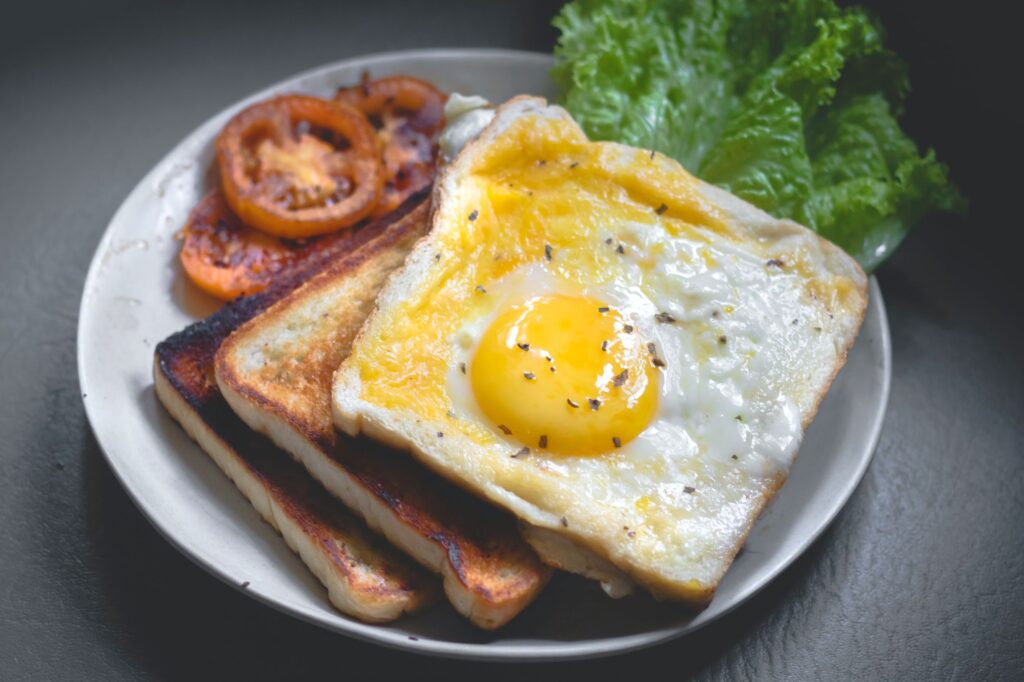
Sunny-Side Up
To make an egg sunny-side up, crack your egg into a pre-heated, greased pan and cook until the edges brown. This type of egg is perfect for dipping toast, bacon, and really anything else into the runny yolk.
Over Easy, Medium, and Hard Eggs
Now, there’s a lot of demystifying we’re going to have to do with this preparation style. Over easy and sunny-side-up are often confused with each other (which is incorrect), while over medium and over hard are typically referred to as fried eggs (which is correct).

Over Easy
Making an egg over easy is taking a sunny-side-up egg one step further by flipping it on the other side and cooking it briefly until a thin film forms over the yolk. The yolk and egg whites should be runny.
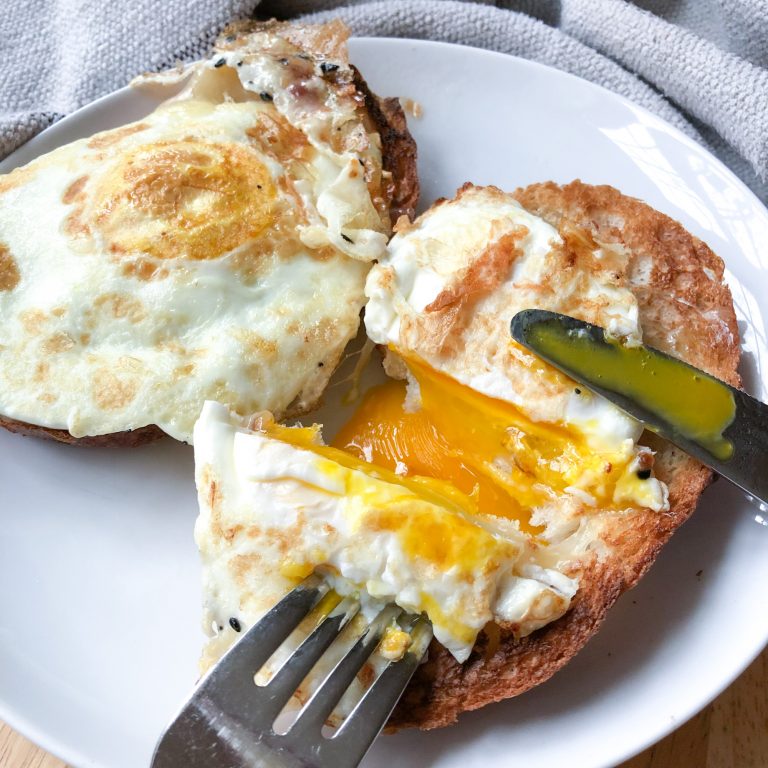
Over Medium
Cook an egg over easy, but when you flip it the first time, cook it until a thicker film forms over the yolk. The egg whites should be completely cooked through, leaving only the yolk runny.

Over Hard
Over-hard eggs are cooked even longer than over medium eggs, except they’re flipped twice instead of just once and the yolks should be broken during the sunny-side-up stage. To achieve the perfect over-hard egg, egg whites and yolks should be cooked through completely.
Omelets, Frittatas, Scrambles & Hashes
This is where we are incorporating other ingredients into our eggs. The only true difference between them is the cooking style and, in the case of hashes, ingredients. These staples are a testament to the versatility that eggs can bring to mealtime!
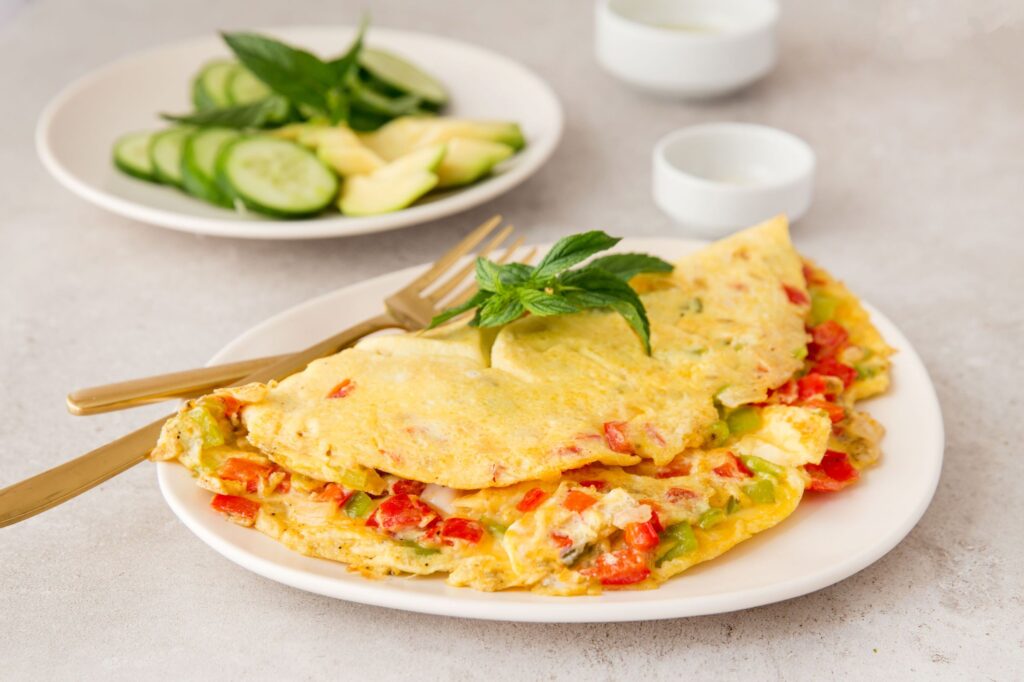
Omelets & Frittatas
Typically, omelets and frittatas are made with the same concept in mind: waiting until the egg base is stable enough to add ingredients to without tearing. You can include any filling you like! Where omelets are typically folded to conceal the ingredients inside, frittatas are open-faced. The eggs are then cooked all the way through. Frittatas are versatile, and can be cooked on the stovetop or in a casserole dish.

Scrambles & Hashes
Scrambles and hashes are less strict. You can really start mixing your ingredients in with your eggs all at the same time as soon as they hit the pan! You can toss starches, meats, cheeses, and vegetables in a good, hearty scramble. Hashes are basically scrambles with hash-browns thrown into the mix.
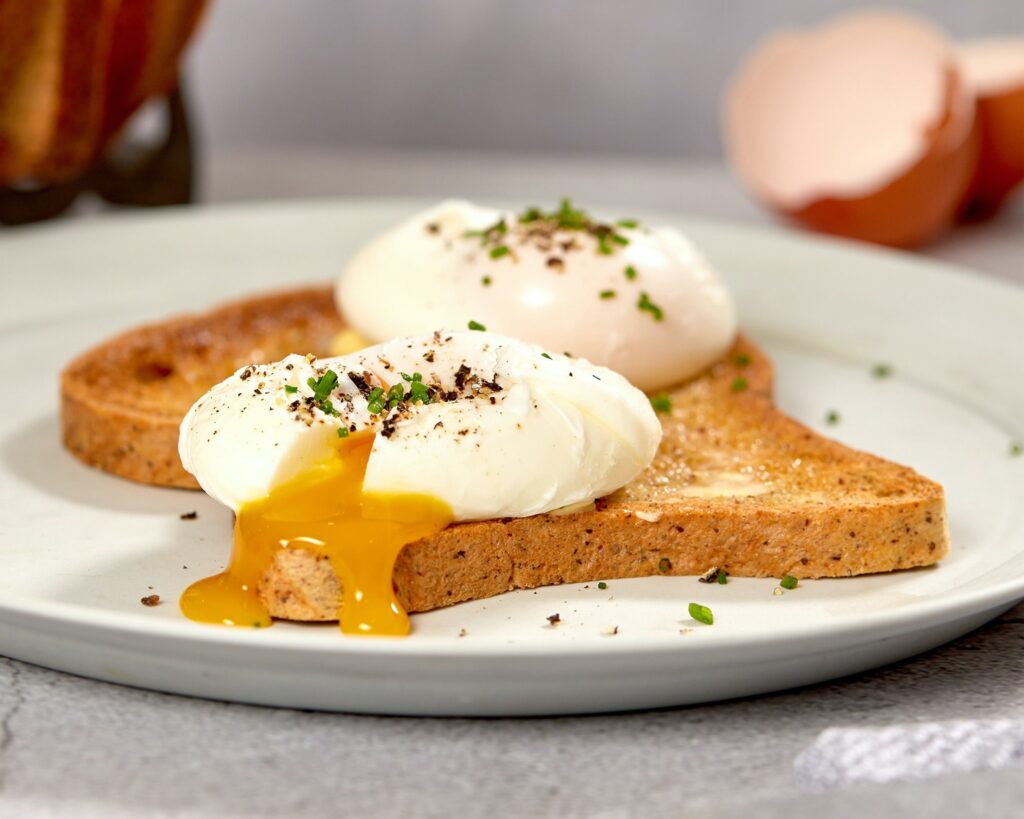
Poached
Poaching eggs is an elegant way to prepare eggs, and if you’ve ever wondered how eggs Benedict is made, this is part of that equation. Bring a cup and a half of water to a simmer in a pan, crack your egg into the water, and create a swirling or wave effect with a spoon to ensure that the top of the egg is covered. It should begin to turn pale as a film develops over it. Let it cook for 4-5 minutes before fishing it out with a slotted spoon.
Hard and Soft-Boiled Eggs
The difference between a hard and soft boiled egg is cooking time! If you want to add protein to a salad or soup, add a hard-boiled egg, but if you’re looking for a more traditional dipping egg, we suggest going with the soft-boiled egg. It can be tough to know when they’re done cooking as you have to prepare them with the shell un-cracked, but we’ll give you some pointers!
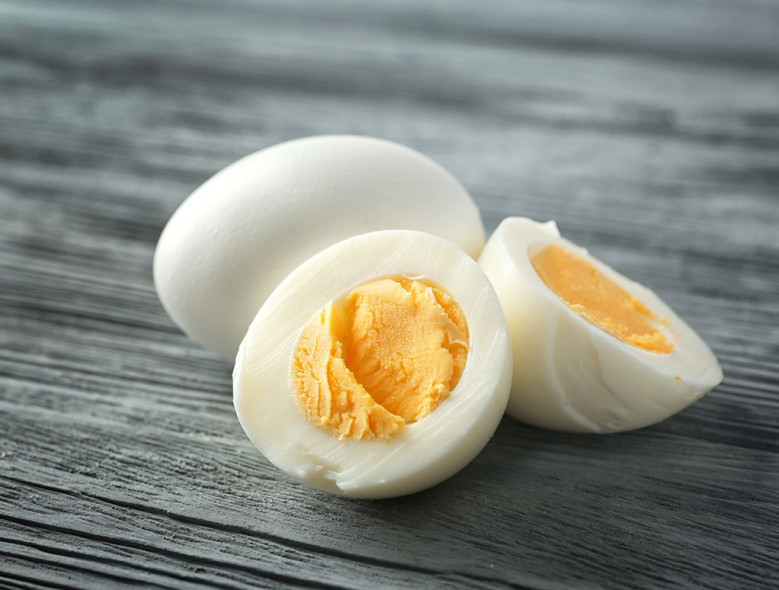
Hard-Boiled
Hard-boiled eggs are gently placed- shells and all- into a saucepan with a cup of cold water. Ensure that your eggs are completely covered by water- add more water if needed. Next, increase the heat until the water boils. Cut the heat, cover the saucepan, and let cook for 10-12 minutes with the pot still on the hot hub, Add salt to the water prior to boiling to make the shells easier to peel. On the inside, the egg whites should be slightly rubbery in texture and encase a crumbly yolk.

Soft-Boiled
Much like the hard-boiled egg, ensure that your saucepan is properly filled. We recommend around one inch of water. Bring your water to a boil before placing your egg into the pan. Cover and cook for 6 minutes, before removing with a slotted spoon. Soft-boiled eggs are great for toast dipping or eating with a spoon right out of the shell!
